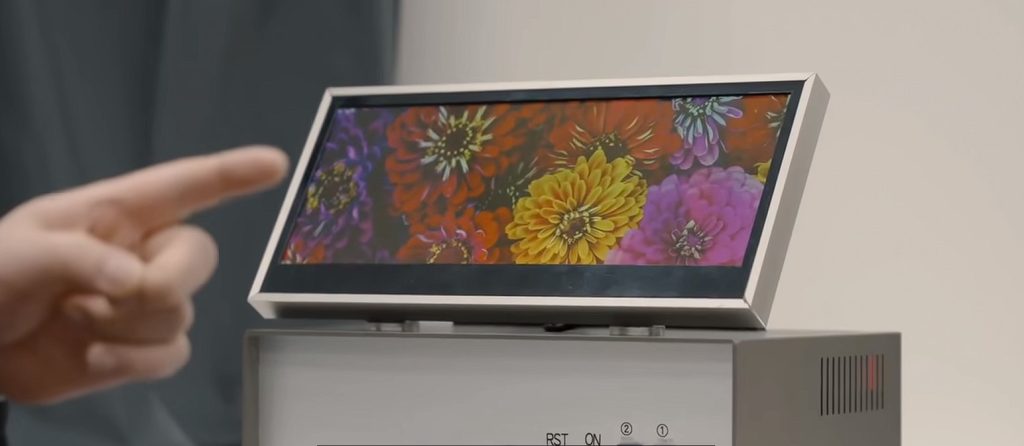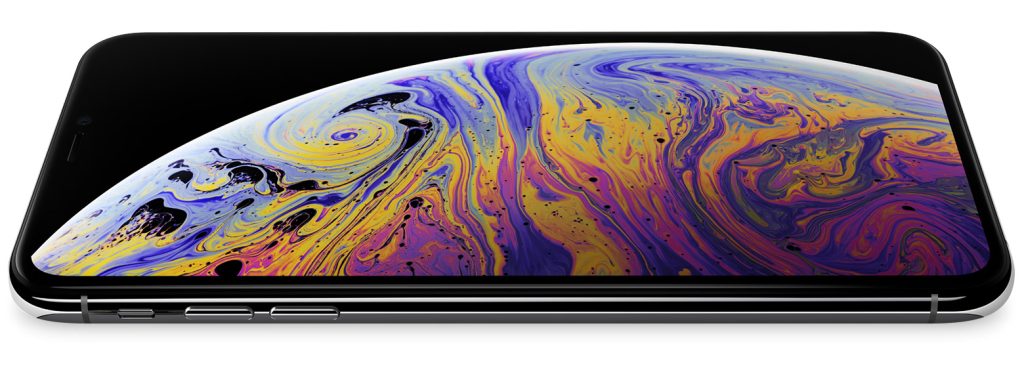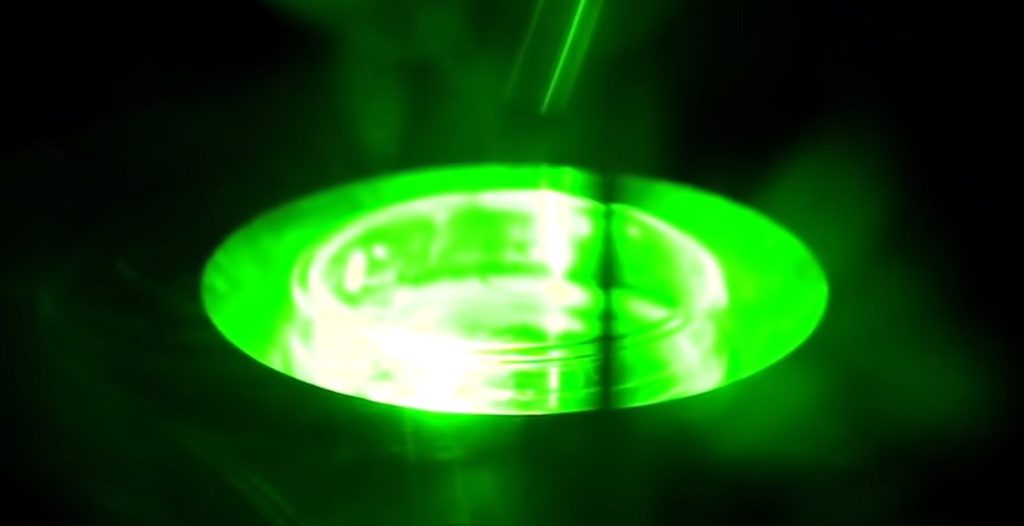Breaking the Monopoly?

At CES 2024, Sharp showcased a 12-inch QDEL display. This is an inorganic self-luminous technology different from OLED and Micro LED, directly using quantum dot materials to create RGB tri-color pixel self-luminance. The principle is similar to OLED, but it can surpass OLED in terms of lifespan and brightness.
Sharp is not the only manufacturer trying to break the Korean OLED monopoly. As early as 2017, BOE developed a 5-inch AMQLED, their own term for true quantum dot luminescence, which is the same technology as Sharp’s QDEL but with a different name. In 2022, BOE even demonstrated a 55-inch 8K AMQLED prototype, leading the era.
But is QDEL really likely to become the next-generation display technology to replace OLED? My opinion is not very optimistic. Although QDEL shows very good performance, such as being inorganic, not only in lifespan but also in manufacturing process not requiring the vacuum environment like OLED, which helps reduce costs. However, relying solely on performance may fall into the same technology trap as plasma did in its day.
The Development of OLED
Looking back at the development of OLED over the past decade, there was a significant acceleration in 2017, because two significant events happened that year. One was the release of the iPhone X, the first Apple device to use an OLED screen. The other was Sony’s release of its first 4K OLED TV, which became LGD’s largest customer for WOLED, purchasing over 1 million panels in just two years, boosting LGD’s OLED TV panel sales to over 1.7 million units in 2017, and over 3 million units in 2018. The attitudes of industry giants influence the development direction of the component industry.

To succeed OLED from an industrial perspective, QDEL must meet two conditions.
First, it must achieve the current OLED’s relative scale compared to LCD. OLED still only has about 23% of the market share compared to LCD, with over 40 production lines worldwide, this is the performance over the nearly 17 years since mass production began in 2007.
Second, it needs the recognition of terminal manufacturers, such as Apple for Samsung OLED, Sony for LG WOLED, and the iPad is expected to adopt OLED panels in the future, which will also drive a wave of OLED capacity toward medium-sized screens and clear obstacles for LED entry into the IT field.
The Problems and Challenges Facing QDEL
Who will buy QDEL when it is produced, is a question that manufacturers like Sharp and BOE need to consider. The application of LCD in watches and calculators dates back to the 1970s, and it wasn’t until 20 years later that it began to be commoditized for household televisions. OLED was initially applied to mobile devices, and it took about 6 years for TVs to become commercialized. This was still a result of OLED’s rapid rise under the premise that LCD had almost no competitors. However, QDEL faces a much more difficult situation. LCD still dominates the market, OLED is attacking medium and small sizes, and Micro LED is already close to mass production. For QDEL to be commercialized, it needs to achieve higher levels of luminous efficiency and lifespan.

According to a paper published by Sharp in 2020, cadmium-containing quantum dot RGB tri-color luminescent materials already have an efficiency of over 20%, while non-cadmium-based InP-based red and green have levels of 20% and 17.6%, respectively, and ZnSe-based blue materials have just exceeded 10%.
In terms of lifespan, chromium-containing red and green have reached commercialization standards, while the T95 lifespan of blue light, which is the time it takes for brightness to drop to 95%, is still only 100 hours, and the T50 lifespan of non-chromium-based blue light materials is even shorter, at only 350 hours, which is far from the required T95 of at least 1000 hours and T50 of 50,000 hours for commercialization.
Market Prospects for QDEL
We cannot deny the performance advantages of QDEL over OLED, but from the perspective of technical practicality, in the face of LCD, more advanced technologies such as CRT, rear projection, plasma, SED, and FED have all fallen one after another. OLED has thrived in mobile devices with its thinness and low power consumption, but after nearly 10 years of competition, it only has a 3% share of the TV market.
QDEL is much like an intermediate transitional state between OLED and Micro LED. It is structurally similar to OLED but can compete with Micro LED in terms of physical properties, resulting in significant overlap in application between the two technologies. Sharp has also stated that it will not rush to launch QDEL TV products, but will first try them out in the fields of watches, mobile phones, PCs, and monitors. But we still face a question, why do we need a product that is similar to OLED but will be more expensive, rather than choosing OLED or LCD directly. The more appealing application scenario for quantum dots is the combination of nanorod LEDs with quantum dot conversion, known as QNED technology, which adds red and green quantum dot conversion to RGB tri-colors on InGaN or GaN-based blue light LED nanorods. Structurally similar to QD-OLED, but only the underlying material is replaced with LED.
In any case, quantum dots are still a very new technology. I look forward to it replacing OLED self-luminescence and returning to the right path, but we may still have to wait a long time.